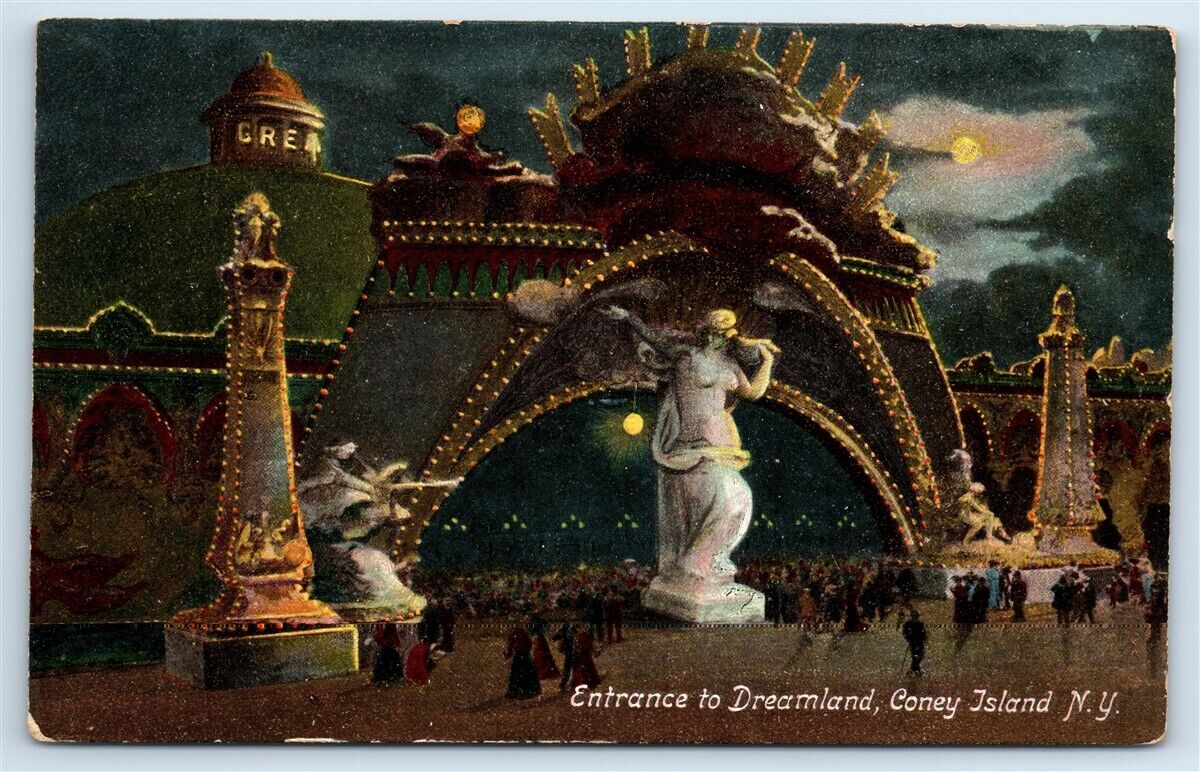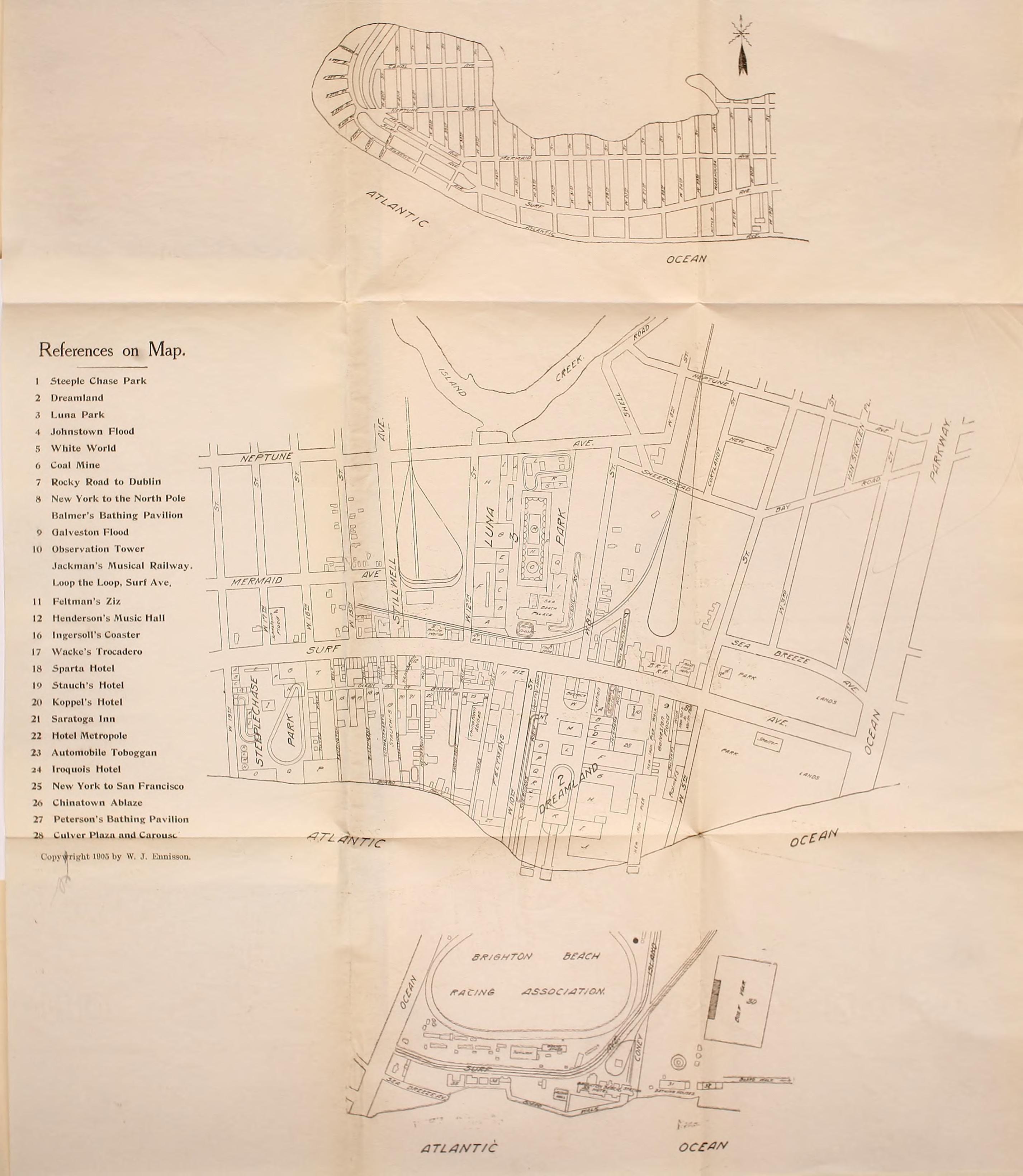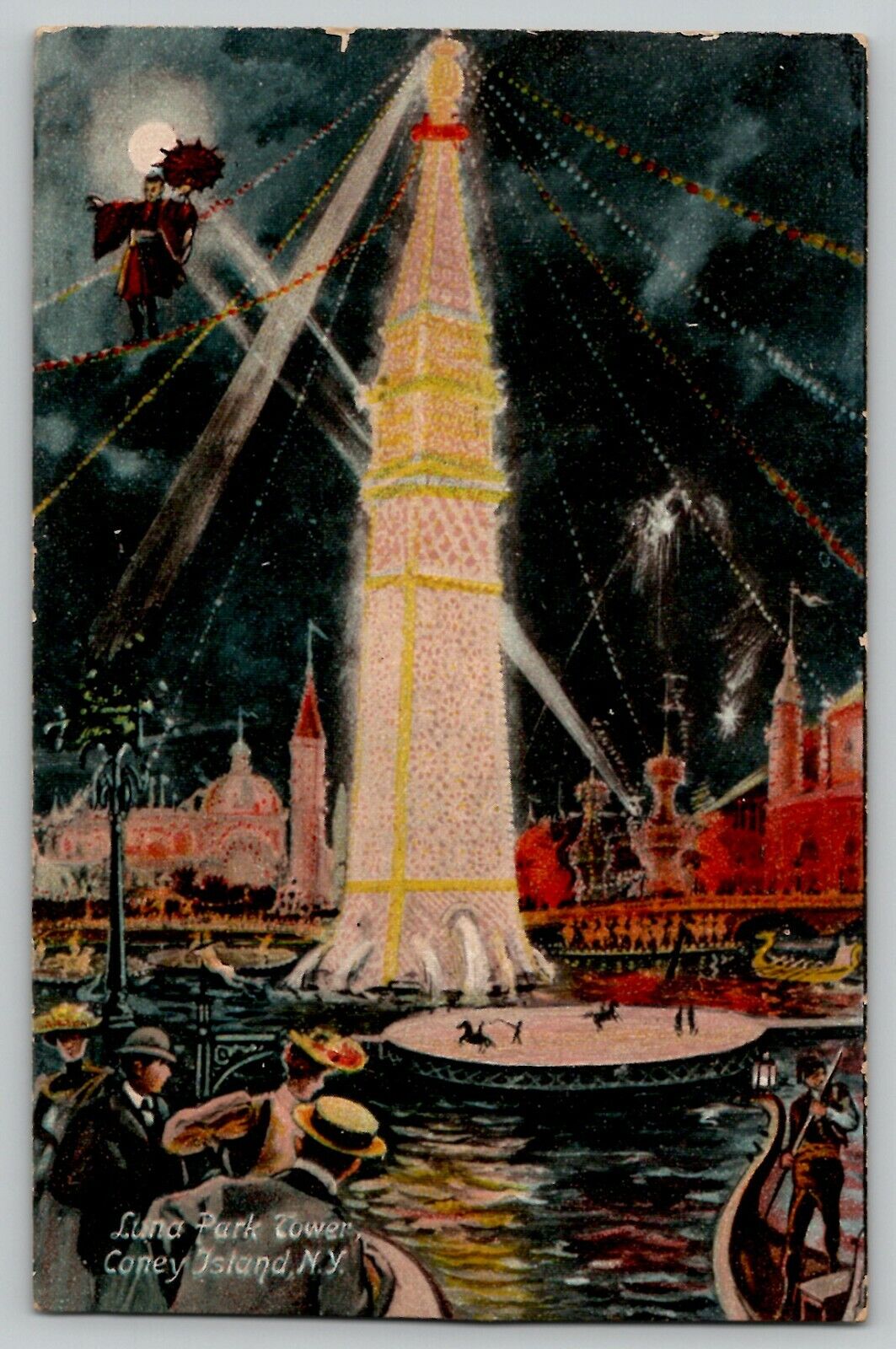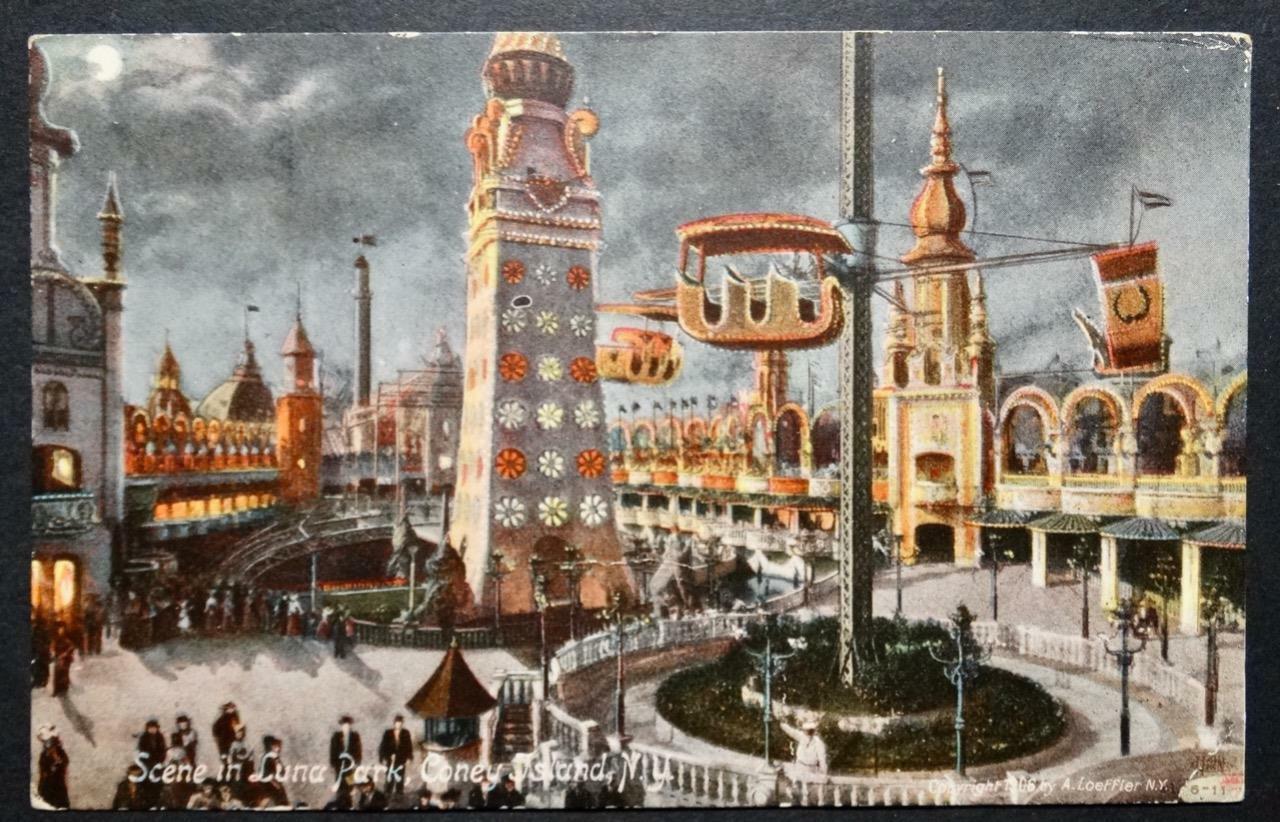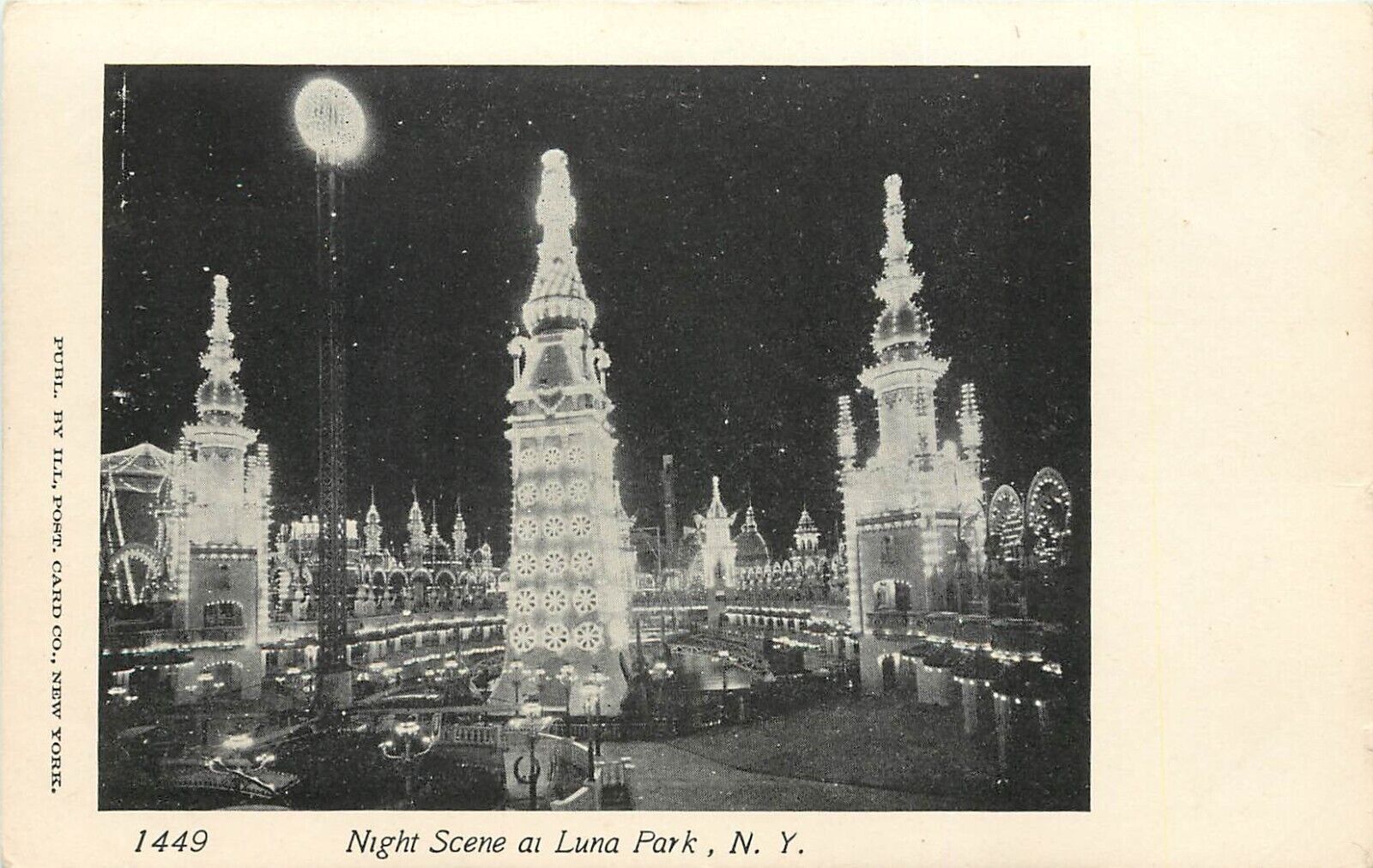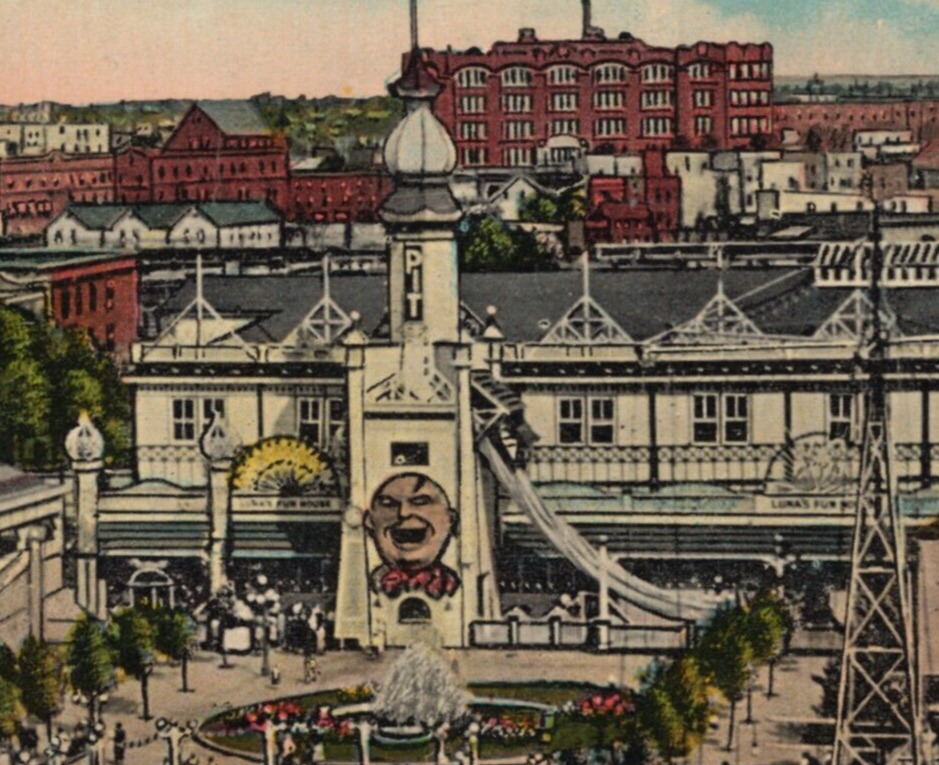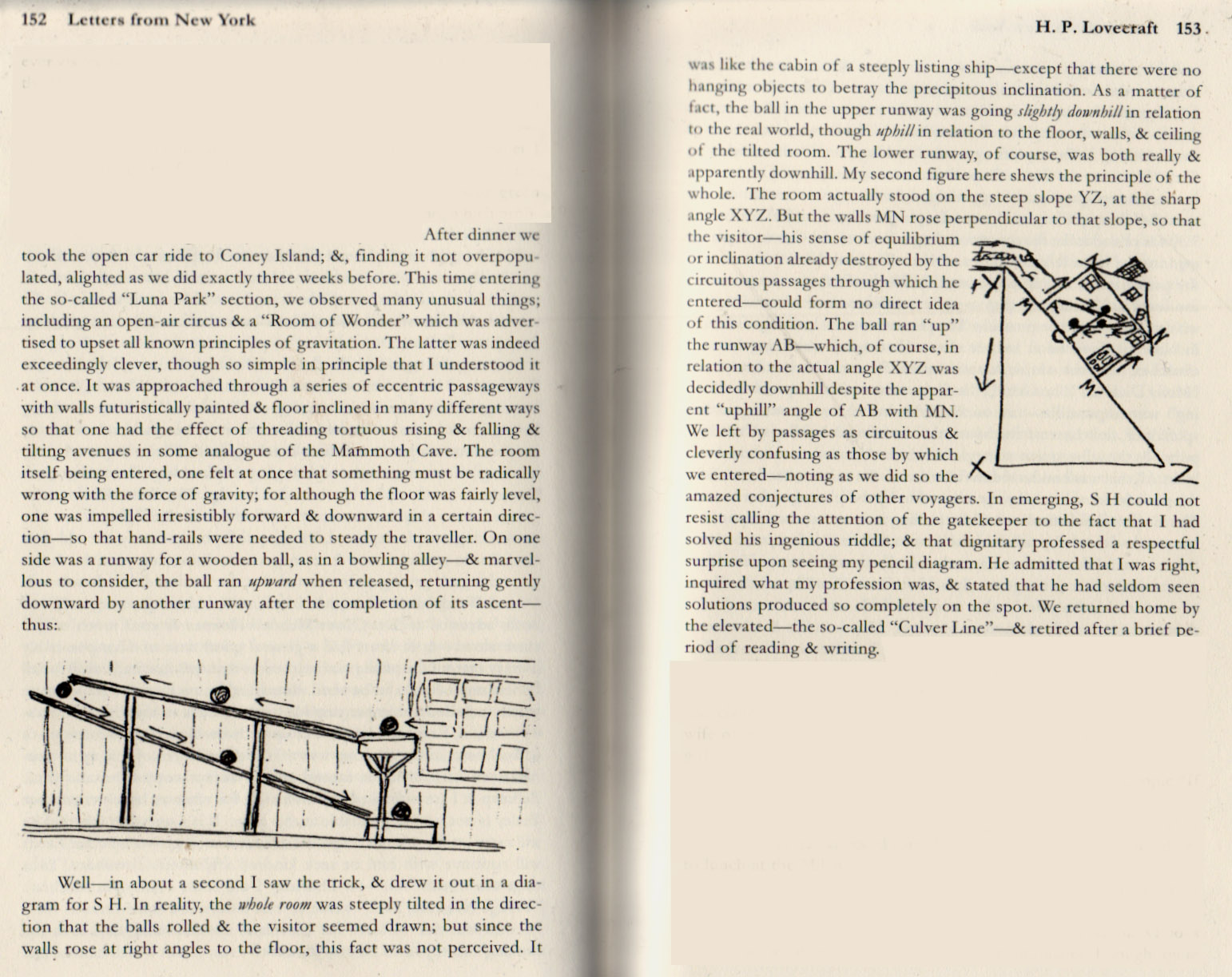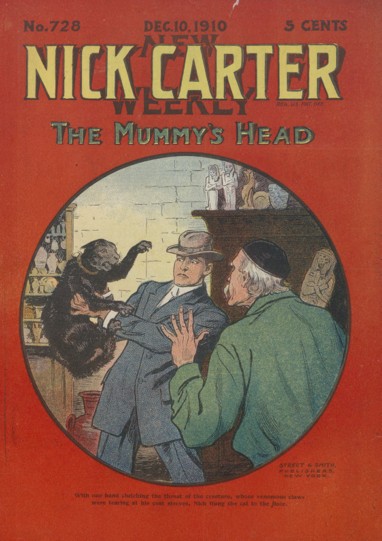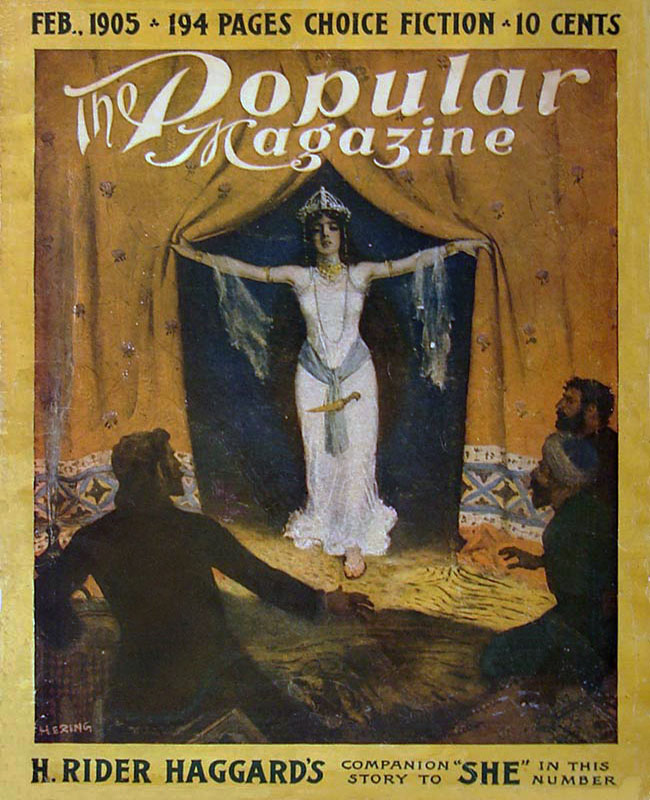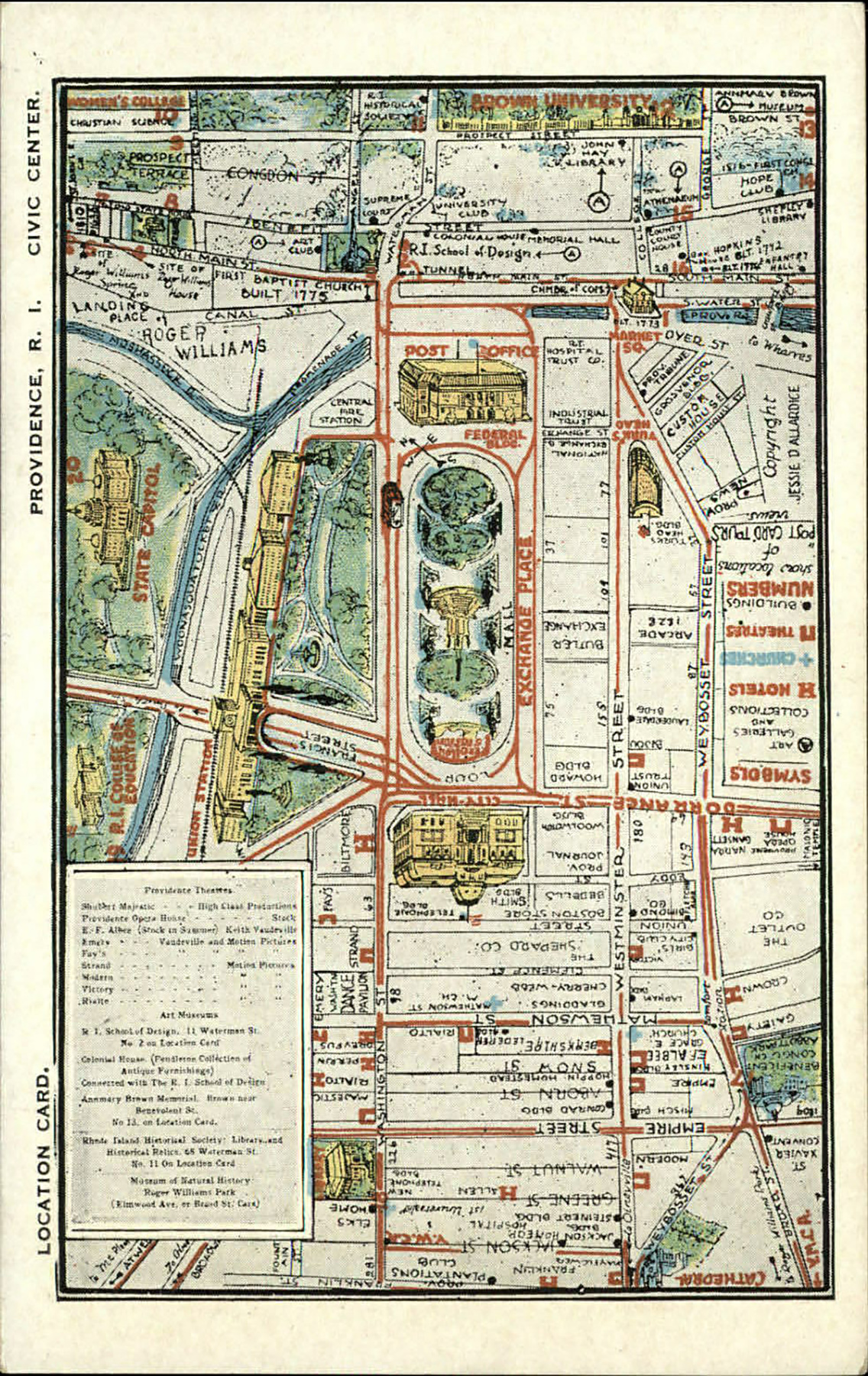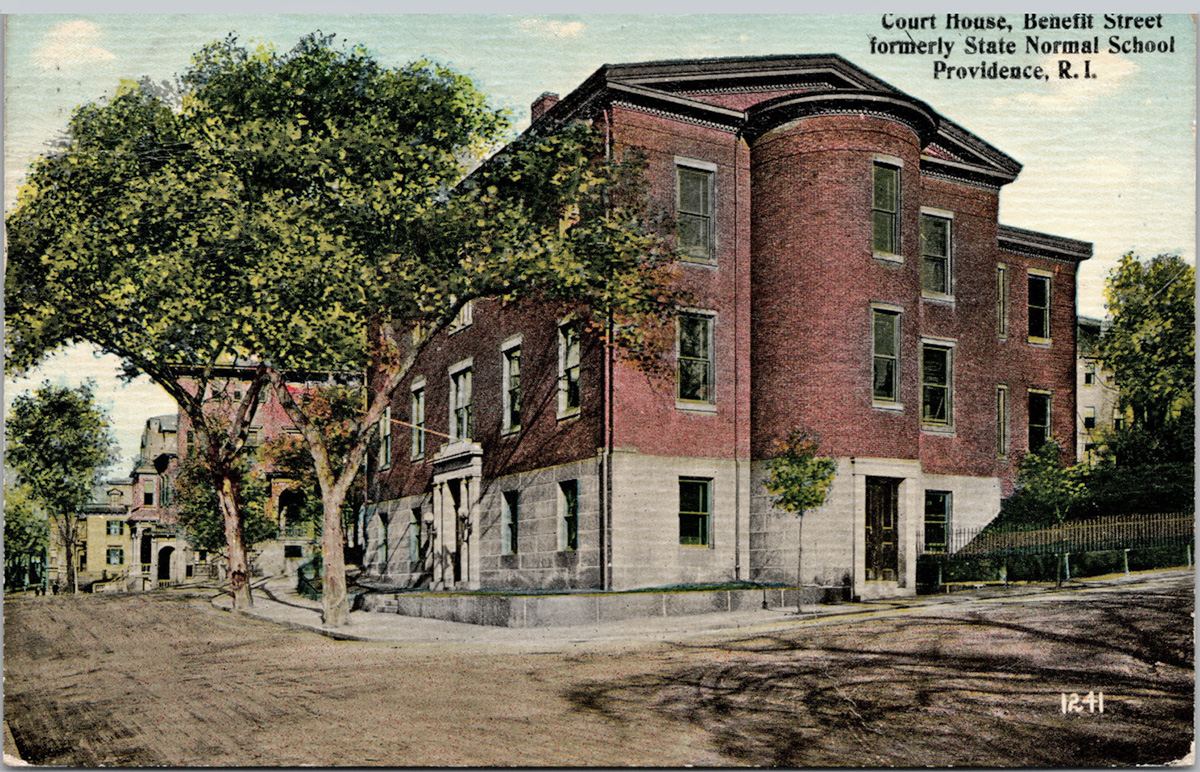This week for ‘Picture Postals from Lovecraft’, letters, or rather letter-boxes. We know all about Lovecraft’s letters and postcards, but what exactly did his posting them look like? Or indeed, what did a U.S. public mailbox look like at that time?

He certainly had one nearby, and a mighty capacious box it must have been to cater to the champion letter-writer of the 20th century. But only once does Lovecraft refer in passing to his “outgoing mail-box” in a 1927 letter to Belknap Long, in the letters I have searchable access to. He does not use the British form “post-box” or “postbox”.
Lovecraft would have first encountered the collection mail-boxes of Providence in his middle childhood circa 1900, and begun using them to write to his family and cousin soon after. From 1897 until 1905 they might have looked rather space-age to our eyes, done in silver aluminium paint with red lettering. This national re-painting of the boxes was in fact a corrupt make-work scheme with cash kick-backs for officials, but Lovecraft and his young pals weren’t to know that. Most likely the boxes were at that time on short posts and sited on street corners. Very garish and out-of-place the silver boxes might have looked to the frowning matrons of College Hill. But in a certain light the combination of a cosmic star-glitter and blood-red might have been quite alluring, to boys inclined to imagine far places.
So far as I can tell he would have encountered three types of box-shape during his life. Here we see two key ones together…

Perhaps more likely for College Hill, circa 1905 as his correspondence grew, would be the smaller ‘Doremus’ type seen above. These were re-done in dark green enamel paint and white lettering, probably much to the relief of the aesthetic guardians of College Hill, from 1905 until his death.
As he grew older and became involved in amateur journalism, many of his items would be larger packets. Thus he would either have to find one of the larger box types, called “package boxes” (also seen above), or visit a Post Office — where he could also have purchased stamps but would also have to endure a queue.
It would be amusing to imagine the Providence postmaster puffing and blowing about having to install a special larger box, just to accommodate Lovecraft’s daily flow of correspondence and packages. Possibly also with a late evening collection time (10:30pm seems to have been possible in Providence, judging by Lovecraft’s postmarks). But so far as I know we have no evidence of that happening.
Later, I’m not sure how much later, photographs suggest that the larger style of box could also be used for bag-storage by mailmen on their delivery rounds. But that conversion may have occurred after his death.

The larger collection boxes were so ugly, further marred by cheap ‘Army style’ stencil lettering, that some places asked that they be concealed from sight as much as possible. The move to dark green paint no doubt helped in their concealment in residential streets, with greenery grown either side.
The smaller “style B” box (seen below) was issued in 1912 and was in use into the 1960s. Cast iron was used for these from 1924, for added security. It wasn’t until 1955 that the Postmaster General had these by-then ageing boxes freshly re-painted in a patriotic red, white, and blue scheme — which we see in this vintage auction item…

Give the above dates it’s not impossible that Lovecraft returned from New York City to find that the older type had been replaced by the new 1924 cast-iron “style B” in the city, in dark green. Though older smaller ‘Doremus’ boxes, again green but with older faded paint, might have been retained in sedate places like College Hill. Or was it sedate, in terms of mail? Recall that Brown University is at the centre of the Hill. Its traffic in erudite letters and bulging packets must have been constant during term-time.
Thus it appears that when Lovecraft went out to mail letters he slipped them into mailboxes like the ones above.
Today it seems that the U.S. still uses much the same larger-type design, but since 1970 these have been a dark blue with some white logos plus red warning labels and flashes.

Further reading: USPS, “Mail Collection Boxes: A Brief History”.













